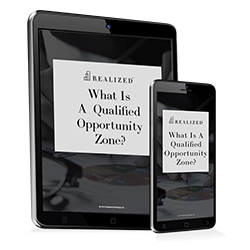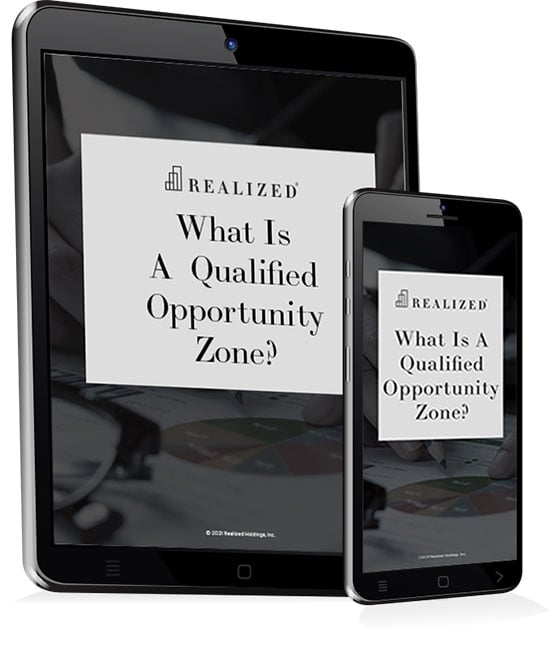
Qualified Opportunity Zone Funds (QOZFs) come in two main fundamental structures — pre-identified investments or semi-blind pools. In this article, we’ll look at both in detail and explore the advantages and disadvantages of each.
Identified Fund
An identified fund has pre-identified land or opportunities in a Qualified Opportunity Zone, which are being assessed as investments for the fund. These funds can invest in any number of assets, but are typically smaller, usually ranging from one to eight assets.
The fund sponsor is usually under contract on some or most of the identified land or opportunities. Additionally, the sponsor may have established a joint venture (JV) partnerships with third-party developers/management companies on each opportunity. Depending on the fund, there could already be “shovels in the ground” on one or more of the assets.
There aren’t many unknowns with an identified fund. Investors can read about the properties or opportunities, talk with management, and even visit the sites if they like. This is not the case for all the projects within a semi-blind or blind fund. The primary risk with identified funds is that the fund may commit to more projects than they are able to develop if the fundraising falls short of expectations.
Semi-Blind Fund
Semi-blind funds are fairly opaque. A few projects may be identified or under contract, but the fund may have additional projects in the pipeline that are not currently under the fund’s control and that may or may not end up in the fund. Investors may have limited information on what the fund’s portfolio of investments will look like until all of the projects have been acquired. Instead, investors are going off the sponsor’s track record, or perhaps an “investment thesis” that the sponsor has laid out. For example, a fund might target multifamily, office, and industrial developments in east coast metropolitan areas.
Without clear guidance on what the fund will invest in, investors are assuming a few risks:
- Uncertainty about the final locations of properties.
- Uncertainty about the property type (multifamily, industrial, etc.).
- Difficulty in evaluating economic metrics or cash flows.
For the sponsor, semi-blind funds can be difficult to sell to new investors, meaning those investors outside of the sponsor’s network.
Although there are some inherent risks in this type of structure, semi-blind funds do have their share of advantages. First, a pooled investment structure allows the fund manager to raise funds before acquiring a project. This gives the fund an “all-cash” advantage over other potential buyers who have to raise the money prior to closing, allowing the fund to transact quickly on projects with motivated sellers. Plus, the fund won’t transact on a project that they do not already have the necessary capital raised for. Along with this, a semi-blind fund allows investors to rely upon the expertise of the fund’s manager. Giving an experienced operator the flexibility of vetting deals and making buy/sell decisions on its own allows the fund to pursue deals that seek to produce the highest risk-adjusted returns.
Also, similar to an identified fund, the semi-blind fund sponsor may have JV partnerships and a few opportunities under contract or even closed on with more being assessed in a project pipeline. This is the fundamental difference between a semi-blind fund and a blind fund, where no projects have been acquired.
For investors who aren’t familiar with the sponsor, they will need to do additional homework such as:
- Learning about the sponsor’s track record.
- What kind of similar businesses has the sponsor been involved in?
- Does the sponsor know how to operate a Real Estate Investment Trust (REIT)?
- Has the sponsor done development from the ground up?
In the end, a semi-blind fund is just like a blind pool in any other context. The difference is that the sponsor just needs to check off the boxes for a Qualified Opportunity Zone Fund.
Both fund types allow for reinvestment as part of the round two QOZ regulations. Investors don’t have to be tied up in all properties of the fund for ten years. They can exit a single property and invest within a one year period without disrupting the QOZF.
Identified and semi-blind funds are the two main fundamental structures of a QOZF. For some new investors, the fully identified fund may be the better route because there are fewer unknowns. But if investors are comfortable with the sponsor and their fund strategy, semi-blind funds may be a good fit. Both fund types contain risks, and investors should make sure they are comfortable with the investment opportunity before committing their funds.



